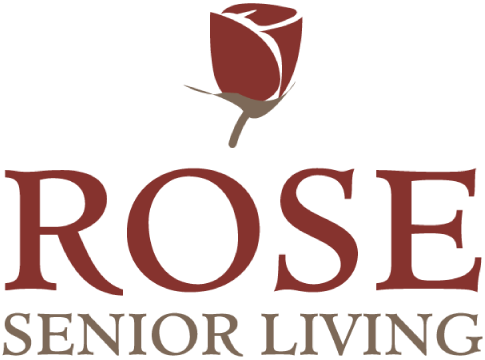Predicting the future has always been a risky business. Ancient oracles whose predictions turned out to be false didn’t last long. TV meteorologists who forecast floods and snow days that never happen see their ratings fall. So while we’ve identified four senior living trends for 2021 and beyond, don’t throw us into a volcano if they don’t all pan out. After all, no one saw the pandemic coming. But how the senior living industry has responded to it has helped bring the future of senior living into focus. Let’s take a closer look.
The future of senior living is connected.
Zoom meetings, virtual tours, virtual Happy Hours, and video chats with friends and family have become standard operating procedure during the pandemic. That trend is likely to continue long after the coronavirus has been contained.
Virtual tours make it easy to visit a community from any location connected to the internet. Pre-recorded video tours and 360° virtual tours that allow you to “walk through” a community similar to Google street view maps are becoming more prevalent. Sales tools like OneDay videos allow communities to provide a richer picture of senior living to prospective residents. Zoom meetings and FaceTime chats have made connecting face-to-face as easy as answering your phone. And that’s just the beginning. New technology tools are on the horizon that will make life easier, safer and more engaging for residents:
- Motion controls or voice controls that allow residents to navigate communities without pressing buttons or grabbing handles.
- Voice assistants such as the Amazon Echo (aka Alexa) and Google Home help seniors remember their daily schedules, take medicine, or visit their doctor.
- Virtual reality systems that offer more immersive community tours, travel experiences (especially for those with mobility issues who are no longer able to travel), and reminiscent therapy (seniors can take a trip down memory lane, back to the places they used to live).
- Robotic pets that respond to sound, light, temperature and touch. PARO pet therapy is already in use in memory care neighborhoods across the country.
- GPS trackers that can locate dementia patients who wander; sensors that keep track of how active a resident is (if a person isn’t getting out of bed at a certain time, a notification is sent via text or phone); personal robots to track sleep patterns, heart rates and location.
- Wearable smart technology, like smartwatches, that allow seniors to monitor their health, track their fitness level, and contact emergency services automatically when the wearer is unresponsive or suffered a fall.
Telehealth: The doctor will see you now on screen.
Telehealth went from a nice-to-have service to a necessity in 2020. With seniors reluctant to risk their health by sitting in a waiting room with other people during a pandemic, telehealth became a safer, faster and more convenient option. Instead of having to drive to your doctor’s office, you could connect by video chat and get seen by your doctor without leaving home. Health care providers now offer online telehealth visits that are HIPAA-compliant and easy to use. Going forward, telehealth is poised to become more user-friendly and more widely adopted. More importantly, it may lead to more seniors being evaluated sooner at the first sign of symptoms.
A healthier future with a focus on wellness.
For some years now, senior living communities have been moving away from a care-first mindset to a wellness lifestyle, with options for care available. We don’t see this senior living trend changing. If anything, the focus on health and wellness will become stronger.
According to a survey by the International Council on Active Aging, 60% of respondents said their retirement community will be based in a wellness lifestyle by 2023. To accomplish this goal, five types of wellness programs will increase within communities:
- Education and lifelong learning
- Exercise (led by both instructors and technology)
- Health education and disease management
- Food and nutrition education and preparation
- Intergenerational programs linking youth and older adults
The future of senior living looks bright.
The COVID-19 pandemic has led to rapid changes in the senior living industry. Technology is playing a leading role in how seniors stay connected, both inside and outside retirement communities. High-rise communities may be next in line for change, with floors being divided up into small neighborhoods. Two things we don’t see changing are the sense of community senior living offers older adults and the focus on offering opportunities for a fulfilling lifestyle.
During the height of the pandemic, residents were grateful for the support of staff members who delivered meals to their door, along with grocery orders, prescriptions and anything else they needed. The camaraderie and creativity shown by staff and residents at LCS communities buoyed spirits and bonded neighbors. Communities stepped up to provide opportunities for engaging mind, body and spirit in new ways: online, on in-house TV channels, outdoors, and in large spaces where limited numbers could gather safely at a distance.
What the future of senior living will look like five to 10 years from now remains to be seen. But we’ll continue to adapt to the changing needs and wishes of older adults, and provide new opportunities for living life to the fullest.

